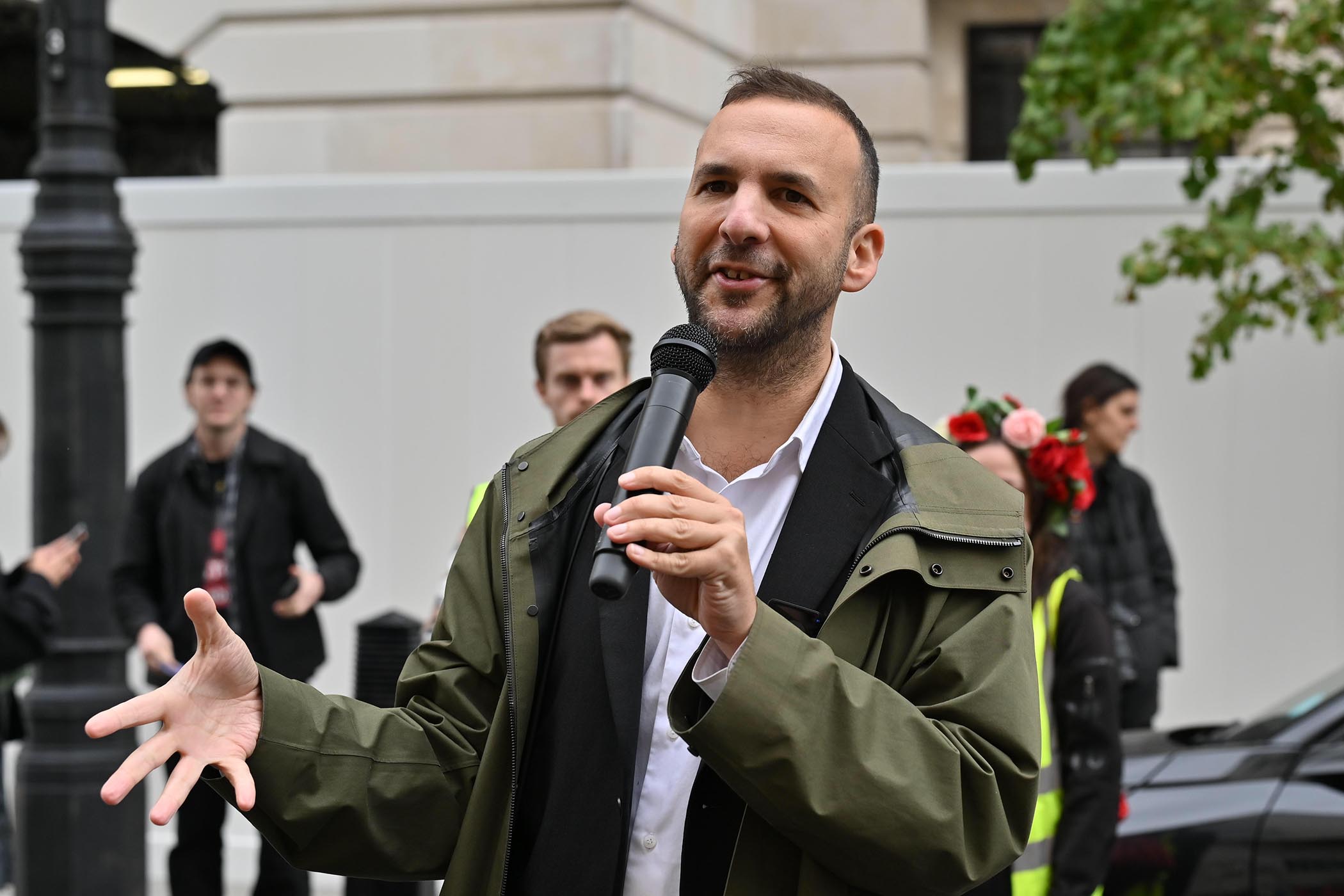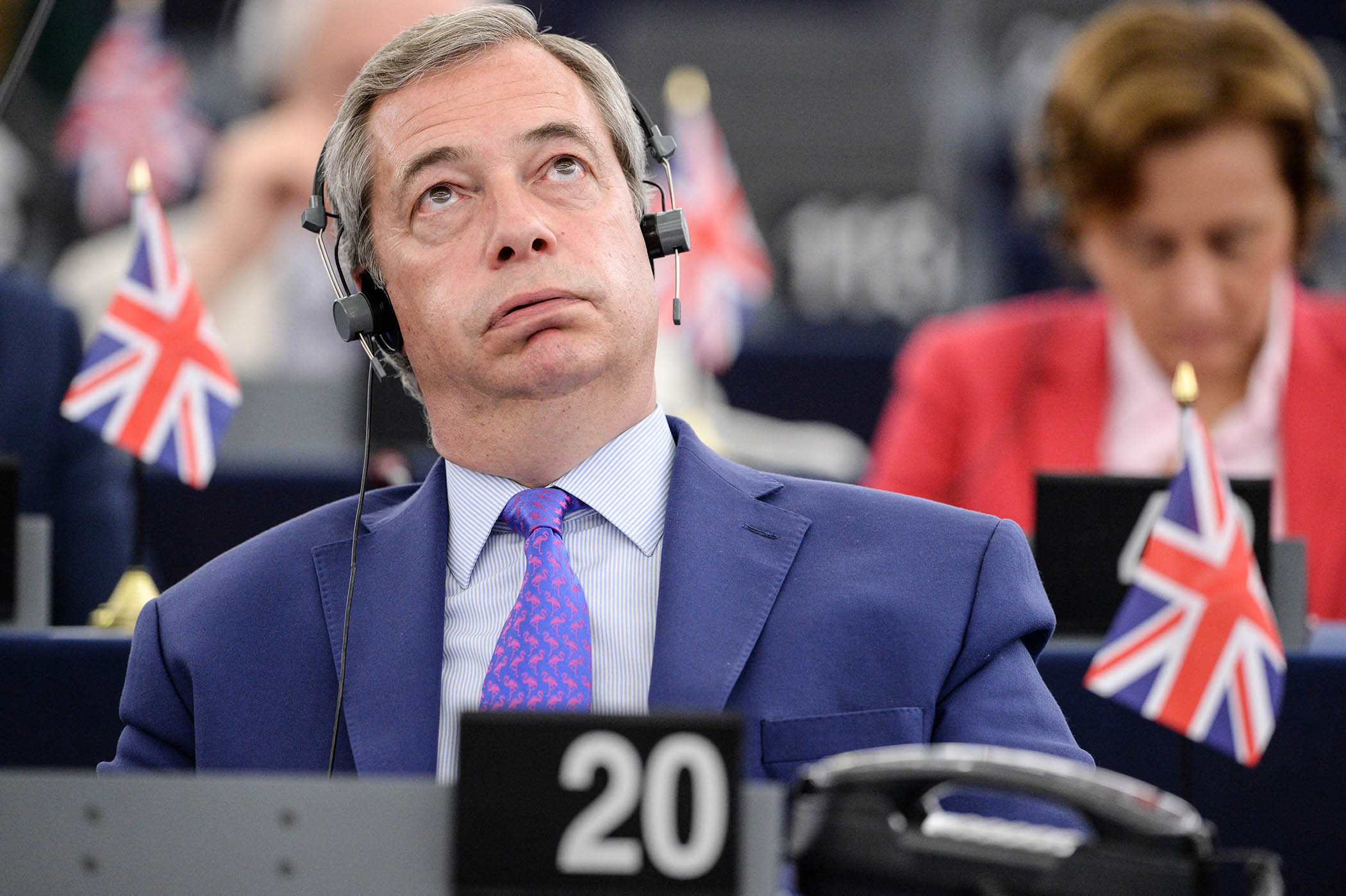When Zack Polanski became leader of the Green party in September, one of his first moves was to launch a podcast. His message was clear: the Greens were going to succeed where Labour hasn’t and use social media to challenge Reform UK.
“Nigel Farage has more TikTok followers than the rest of the MPs put together. If that’s not a sign that this Labour government does not have a grip on media strategy, I don’t know what is,” said Polanski.
Two months later and the strategy appears to be reaping rewards. The Greens have risen to 16% in latest polling, one point behind the government, and more than doubled membership to 150,000. But can they turn social media likes into votes?
Alex, 34, from Bury joined the Greens last year but says he has only been spurred to become active within the party since Polanski’s election. “His social media is a huge part of why me and many other people joined or got more involved,” he said.
The party’s accounts are now full of clips from Polanski’s podcast, as well as pieces to camera, vox pops with the public and snippets from TV appearances. In one video, filmed at the white cliffs of Dover and overlaid with a cinematic soundtrack, Polanski says: “Our NHS is crumbling, our rents are obscene and our rivers are open sewers. And all those in power can do is blame the boats… I call bullshit.” Many of the clips have reached more than a million views.
Related articles:
“Polanski is interesting because he’s adopted certain elements of a populist style,” says Lone Sorensen, associate professor of political communication at the University of Leeds. Whereas Farage and rightwing influencers have used “a sense of outrage to mobilise people”, Polanski has blended anger with hope.
“Hope is much more difficult to sell than outrage, but he’s finding a way to do it that connects with people,” Sorensen said.
Marcus Cain, from the Greens’ digital comms team, says they are trying to offer voters “a positive alternative”.
The party also sees social media as a corrective to the attention Reform garners in traditional media. “Social media is a democratising vehicle to allow us to say what we want without having to go through gatekeepers for telly and radio,” Cain said.
There’s a huge opportunity on the left, where people are desperate to “finally hear something that’s speaking for them”, said Harry Hayball, former head of digital communications for Momentum, which used social media to bring young voters into the Labour party and raise the profile of Jeremy Corbyn. He sees many elements of Momentum’s success in Polanski’s approach, with use of formats “that can gain a lot of traction on social media”.
But views don’t equate to political success. During the 2019 election, Corbyn’s socials reached 1.2bn views, Hayball says. That didn’t secure a win. “I don’t think it’s a silver bullet”, but it could mean the Greens becoming “a huge voice in the election”.
“I’ve been asked: ‘How many votes will this social media post get us?’” said Cain. “It’s impossible to quantify. But social media success has helped contribute to growth in membership, which in turn brings in money, which is necessary for running election campaigns and communicating our ideas.”
And social media is a crucial way to reach young audiences – particularly those who will be able to vote for the first time in the next election.
Recent research from Ipsos has shown that 58% of those aged between 16 and 34 get their news from social media.
“A lot of discussion we’ve been having is about people who are 13 or 14 now, who will be voting next time,” Cain says.
Photograph by Andrea Domeniconi/Fossil Free London/PA



